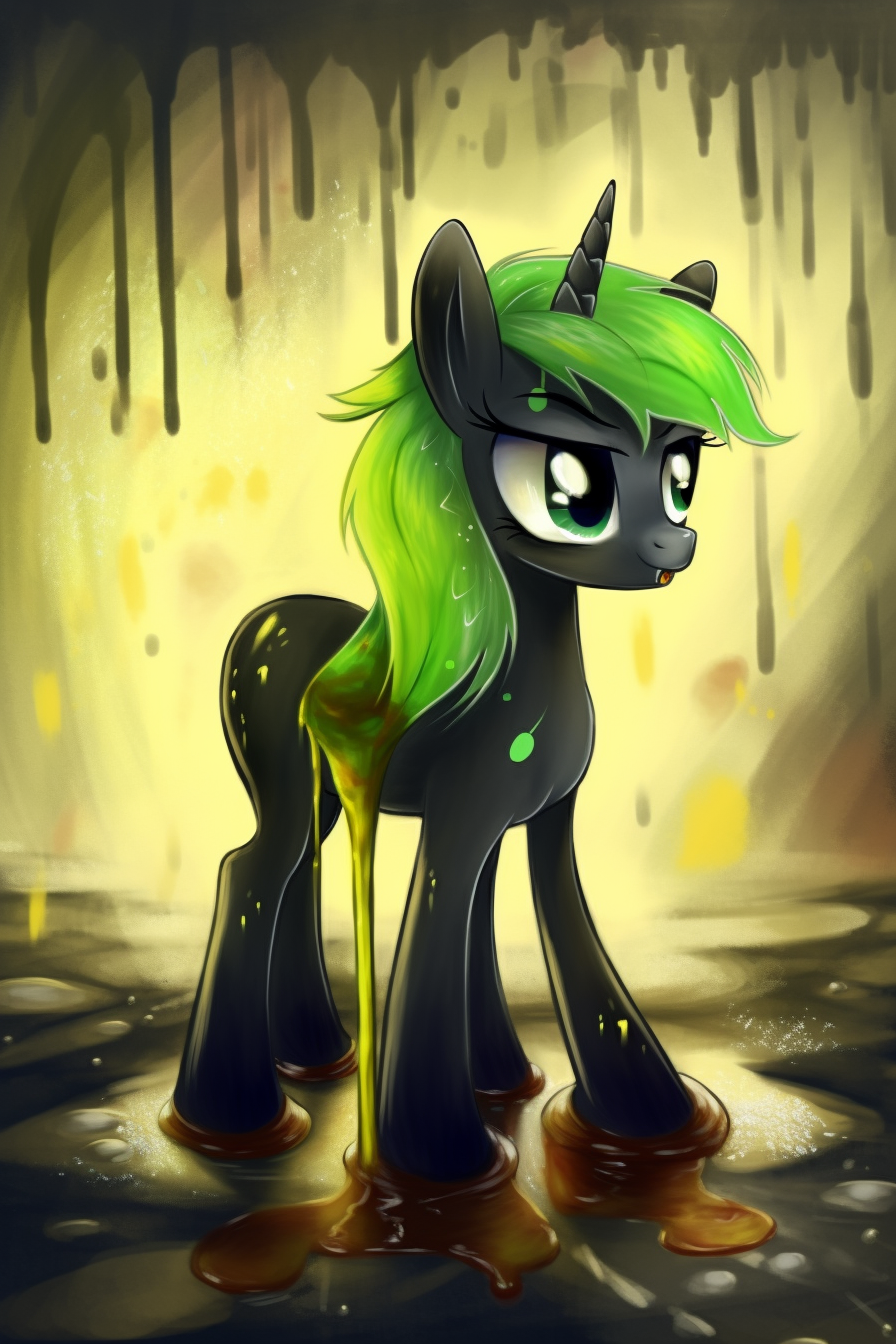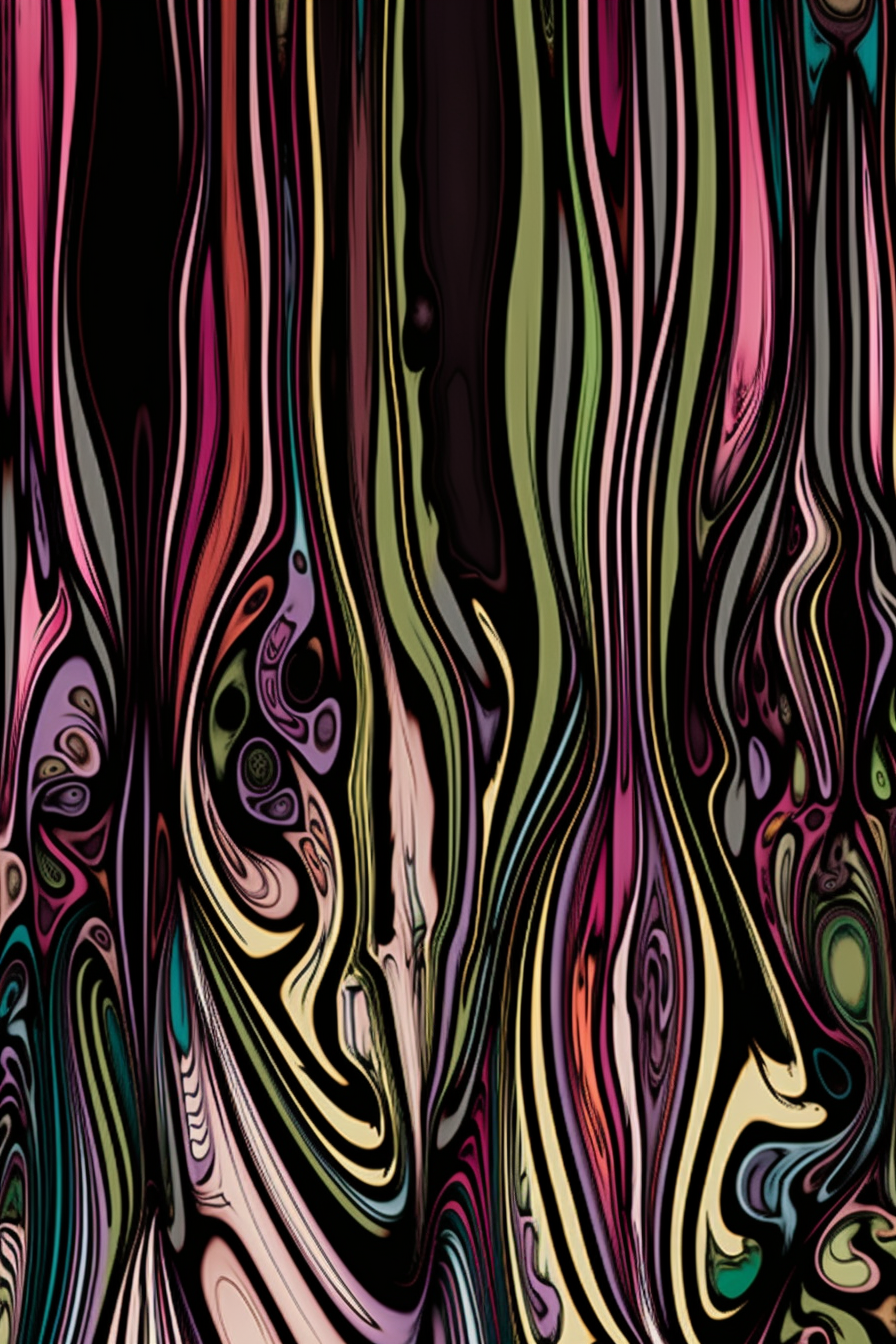Not A Reagan Pufall Art Show
When I made this show in November 2023 the world was a somewhat brighter place than it is now. I find it harder to view generative AI in a positive light but I still choose to remain optimistic. Like artists living through the advent of photography but on fast-forward generative AI is causing massive shifts in art. In an optimistic outlook AI would end with something akin to the holodeck in Star Trek; a tool for an individual’s expression unhindered by their own limitations. Individuals enter a space devoid of detail, prompt the ship’s computer to create something to their liking, refine the output, and then explore the creation often learning or growing from the experience. Coexisting with the holodeck are traditional modes of expression like painting, music, and dance. They remain an important part of culture and interpersonal interaction in the post scarcity Star Trek society.
In a pessimistic view it seems inevitable that AI would degrade expression by making art a cheap commodity. Worse AI could lead to an Orwellian devolution into Newspeak or flood us to the point where nothing is original anymore but instead is distilled into gross aping of itself like in Bradbury’s Fahrenheit 451. Combining those we could find AI producing content optimized to influence and control us using familiar culture degraded to its most basic blocks fully alienated from the original creator’s intent.
Art is not alone in its problems. With some irony I’ve watched students use AI to complete classes on Art Appreciation. Rather than learning how to approach art they have learned how to copy and paste while deftly avoiding traps set to prevent it. As appreciation of culture and knowledge decline we could become akin to the Murlocs and Eloi of HG Wells’ Time Machine. The murlocs, a devolved lower class once subservient to the Eloi, polish the screens and through rote motion only repair the computers used to interact with the AI. Above the subterranean Murlocs the Eloi have devolved from a carefree upper class into child-like-sheep-like idiots. The Eloi, having all of their needs filled by the Murlocs who maintain the machines that feed them, live in fear of the Murlocs who have begun to eat them.
Even in Star Trek there was a dark age before the development their bright future. I do not think we need a Butlarian Jihad to purge us of the thinking machines. Rather a Hari Seldon aided by a nurturing loving robot R. Daneel Olivaw governed by the three laws of robotics to help guide us to a positive future.
As artists we have a unique impact on how culture and technology is viewed. I feel that in order for a bright future to coalesce from this current murk we must find a way to engage with this new medium. What is new or interesting about AI that separates it from the other art mediums? Using it simply to create images that could instead be drawn, painted, or photographed is tedious, akin to drawer perfectly recreating a photograph but without any display of high technical skill. Conversely, the specificity of medium will more strongly apply to traditional modes of art making. Why paint something when you could have an AI create it for you much faster and cheaply?
AI is still new enough that it is unclear what exactly that specificity will be. In this work the goal was to create ‘ art’ that reflected AI’s understanding of what art and human emotion is, at least based on what is available to AI via the Internet. Part of the intent was ask the AI to do something difficult and abstract. Since the images it would produce would be a mix human culture on the Internet and the endless interactions of us on the Internet it could create in interesting reflection of culture and the Internet.
In search of specificity I used Plutchik’s Wheel of Emotions and asked Midjourney to make art out of those abstract concepts. Plutchik’s Wheel is a good mix of familiar more defined concepts like Joy, Anger, Fear, Sadness, and Disgust balanced against highly abstract concepts like Anticipation, Trust, and Surprise. Even in traditional art we rarely see work directly address the latter set while the prior is quite ubiquitous.
The initial results were horrendous if the intent was to create individual pieces of art. Emotion was understood as generic stock photography and clip art. It isn’t surprising that Anger produced balding screaming white men or Joy produced women wandering in forests. The data that it had been fed (stock websites with their well tagged imagery will have more weight than random Internet images) are reflected in the results. Even when ‘tuned’ to exclude stock imagery and people the results are banal and often clearly derivative of individual artists in a way that misses the nuance of their work.
Other results were worrying. Much of Trust, when denuded of words and pushed towards abstraction came out dark, almost threatening. On the Internet, an often anonymous or in the least a depersonalized way of interacting with each other, trust is in short supply which in turn is reflected in the latent hostility of some of the results. All of the emotions represented in the work have at least one hostile feeling image. Even Joy gives a sense of unease.
Disgust gave the first and best delightful surprise. Midjourney’s AI seemed to think Disgust was green lumpy figures or angry women. When ‘refined’ to try to get something more artistic the greens remained along with the lumpy forms. As a surprise it also produced a green, gloopy pony ala My Little Pony, reflecting the mood against the show and its Bronies.
As the medium evolves it may be a useful tool to seek surprises on the averaging of culture as understood by the Internet and filtered by an AI. This work is a start on that search.
Anger





Anticipation





Disgust





Fear





Joy





Sadness





Surprise





Trust




